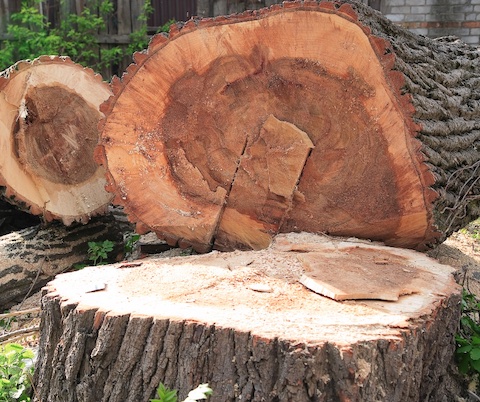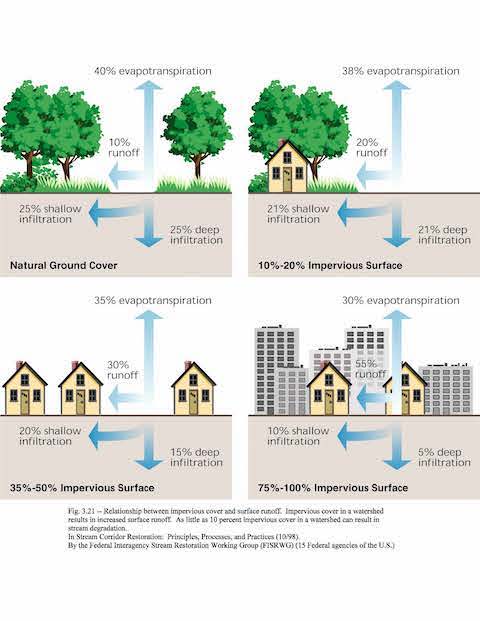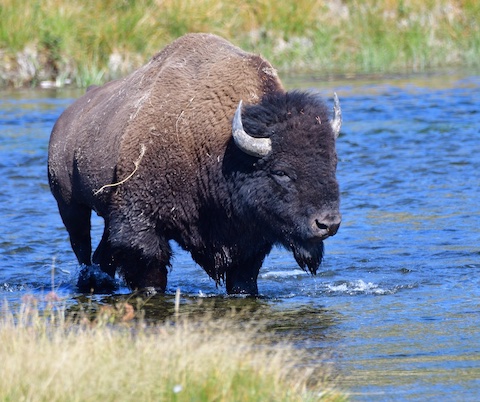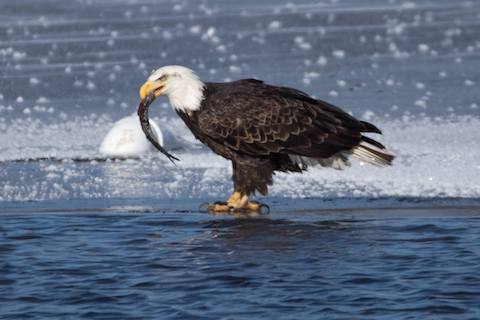What do Pearl Harbor and the Fox River have in common? You are correct if you said, they both are places where pearls have been found. Pearl Harbor in Hawaii is locally known as Wai Momi or, “Waters of Pearl”. In 1914, the largest pearl in America was found in the Fox River.
Mourning Our Losses
On December 7th, 1941, the Japanese attacked the US Navy fleet at Pearl Harbor and war was consequently declared. The surprise attack was a result of a long developing situation. The losses were great and the impacts long-lasting. On this day, our country still mourns.
Eighty-one years later, the Fox River Watershed finds itself under a continuing attack from land development. Sometimes the first sign is a surprise with the sudden removal of 100+ year old oak trees and subsequently turned into wood chips. A sight which causes many of us to mourn.
Progress?
Open space loss has been a trend, and developers are enticing municipalities into making deals under the lure of economic development. Is this progress? A critical question facing us as watershed residents. History and research click here clearly demonstrate that water quality is directly degraded in proportion to land-use development. This attack can be defended against but it takes being engaged with local planners.
We Do Not Own the River
People have inhabited the region for over nearly 10,000 years. The living practices of a harmonious existence with the natural landscape and not having a permanent impact has kept this region a very productive ecosystem. Many different native nations traveled through the Fox River valley and coexisted with the natural environment and each other. Owning land was a foreign concept and around 200 years ago that changed. As Europeans flooded in, they staked their claim to property and the government deeded the parcels. Beginning in 1832, the Blackhawk War drove the natives out of the valley to the West. Just as Pearl Harbor is a point of infamy in our culture, so is the change in human relationship to the land. As most folks recently celebrated abundance and likely complained about food price inflation on Thanksgiving, others recognized that date as the Native American Heritage Day or the National Day of Mourning the Native American genocide.
Learning to Restore
In Aldo Leopold’s words, “We abuse land because we see it as a commodity belonging to us. When we see land as a community to which we belong, we may begin to use it with love and respect.” This region’s settlers dammed the river, drained the wetlands, grazed the woodlands, and plowed the prairies. Yet after 150 years of abuse, we are making progress in the restoration of our watershed, but it only has come about with regulations, redesign practices, and hundreds of millions of dollars in infrastructure upgrades.
Planning for Protection
With good planning and implementing protective practices we have made a positive impact and slowed the trend of the Fox River Watershed’s degradation. With on-going restoration efforts involving wastewater treatment, dam removal, and adoption of new practices we are making progress. The surge of development into open spaces is a new challenge. Now we are seeing large properties of farmland and natural areas that have been passed down through generations being converted for the alluring profits. Click here to view our county build-out map.
Part of the Process

We cannot prevent anyone from selling the family farm but communities do have the ability to say no to projects or require substantial protection measures in the planning. City council members are often pressured into welcoming new development for the potential revenue. It is up to the community’s residents to respectfully and effectively inform the local representatives of their values and elect those that they believe will protect the watershed’s health and natural resources.
Smart growth principles are good guides to follow. Learn more.
It is OUR Fox River Watershed
Habitat loss and sedimentation has degraded mussel populations in the Fox River. We can protect remaining open spaces and restore habitat with dam removals. By protecting and restoring OUR Fox River, we will see the return of mussels (and pearls) to areas where their habitat has been reestablished. Pearl Harbor recovered and so can the Fox River.







